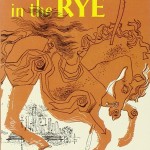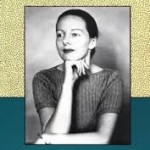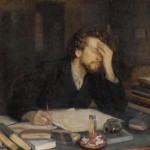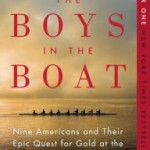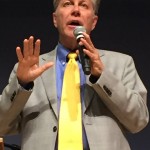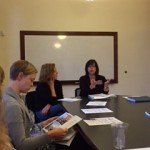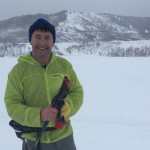
In my Seattle writing classes, I emphasize the importance of creating strong characters, whether in fiction or nonfiction. In my upcoming spring Seattle writing class, I’ll discuss how to write a character sketch, one of the essential techniques of narrative writing. A short, vivid character sketch should introduce all of the major players in the story, the protagonist, the antagonist, and various helper characters. For a short story, you might include four character sketches at most. Don’t use character sketches for very minor characters; most readers prefer to focus on a small nexus of characters as a way into the story.
As part of the Seattle writing class, you’ll pick out the protagonist and antagonist of your story. Choose one of them to describe in a character sketch. A character sketch is a short word picture that introduces one of the main figures in your story. It should be short, vivid, succinct. Include distinctive details; try to SHOW rather than simply TELL about someone. Include one tag or crowning detail that the reader will associate with them. See examples below.
“He was a good-looking Irishman with a lot of black hair and a great wrestler’s gut. When he sat down at his typewriter he hunched himself over into a shape like a bowling ball. He would start drinking coffee and smoking cigarettes until vapor started drifting off his body. He looked like a bowling ball fueled with liquid oxygen.”
From The New Journalism by Tom Wolfe
“At 5-foot-11, 185 pounds, Tyler is modestly sized, if muscular, with thick blacksmith hands, dark hair showing flecks of gray, and green eyes, one of which–the left—bears a birthmark that sometimes lends that iris a golden hue. Maybe the defect is actually a gift, because Tyler has 20/20 vision in his right eye but 20/15 in the left.”
From “The Way of the Sniper,” by Rick Telander in Men’s Journal, December, 09.
 The Writer's Workshop
The Writer's Workshop 